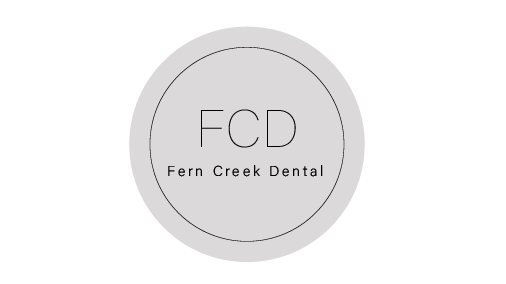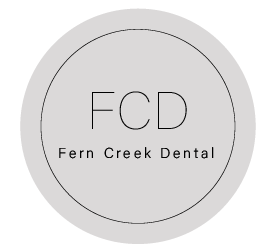Key Points for Your Child's Teeth
From the time your child gets their first tooth until the last permanent tooth comes in, your child’s mouth goes through a lot of changes.
TEETHING
Your child’s first teeth may start coming in around 6 through 8 months. This is a process called teething. Often, babies who are teething want something to chew on. When looking for a teething ring, choose one made of hard rubber and avoid fluid-filled or plastic rings that can leak or break.
BUILDING A DENTAL HOME
You child should have their first dental visit at some point between the time they get their first tooth to the age of 1 year. Ideally, the office you go to for that first visit will become your child’s dental home, the place they will continue to go during childhood.
CAVITY PREVENTION
From the minute your child’s first tooth comes in, it is at risk of developing a cavity. A cavity is a hole in the tooth caused by bacteria. Cavities might not be painful at first, but they can become painful and, left untreated, can cause an infection in other parts of the tooth or the body.
There are several things you can do to help prevent cavities in your child:
- brush their teeth twice a day with a fluoride toothpaste
- clean between teeth that are side by side once daily
- limit sugary snacks and drinks
- ask your dentist about sealants.
Brushing
When your child is young, you will need to brush their teeth for them. Children need to be able to handle a child-sized toothbrush well enough to clean all surfaces of every tooth. Some say children are ready to brush their own teeth about the same time as they can tie their own shoes. Even after your child starts brushing for themselves, you might supervise to make sure they are doing a thorough job and using the right amount of toothpaste. Children younger than 3 years should use a smear of fluoride toothpaste (about the size of a grain of rice). Children 3 years and older should use a pea-sized amount of toothpaste. They should not swallow toothpaste. Swallowing too much fluoride may cause discolorations or pits to form on the permanent teeth that are developing beneath the gums.
Clean between the teeth
Cavity-causing bacteria can grow between the teeth. The space between teeth that are next to each other should be cleaned once per day. You or your older child can gently use dental floss, floss holders, or tiny brushes made for cleaning between the teeth.
Limit sugary snacks and drinks
For example, avoid letting your child suck on or chew sticky candies and limit the sugary beverages they drink. The American Academy of Pediatrics suggests avoiding juice for the first year and limiting the amount of juice after that to the following amounts per day1 :
- 4 oz for children 1 through 3 years old
- 4 through 6 oz for children 4 through 6 years old
- 8 oz for children 7 through 18 years old.
The pediatrics group also says children should not sip on juice throughout the day or go to bed with juice.
Sealants
The chewing surfaces of the molars in the back of your child’s mouth have pits and grooves where cavities can form. Sealants are a plastic coating that can be painted on those tooth surfaces to seal those pits and grooves and protect molars from cavities.
CONCLUSION
From the time your child’s first tooth comes in, teeth need to be cared for. Your child may need help easing symptoms during teething. You also can do a lot to protect their teeth from cavities. Talk to your dentist about your child’s teeth and dental needs.
https://doi.org/10.1016/j.adaj.2021.10.005
Prepared by Anita M. Mark, senior scientific content specialist, ADA Science and Research Institute, Chicago, IL.
Disclosure. Ms. Mark did not report any disclosures. Copyright© 2022 American Dental Association. Unlike other portions of JADA, the print and online versions of this page may be reproduced as a handout for patients without reprint permission from ADA Publishing. Any other use, copying, or distribution of this material, whether in printed or electronic form, including the copying and posting of this material on a website, is prohibited without prior written consent of ADA Publishing.
“For the Patient” provides general information on dental treatments. It is designed to prompt discussion between dentist and patient about treatment options and does not substitute for the dentist’s professional assessment based on the individual patient’s needs and desires.
You can find more information for patients at ADAcatalog.org or at MouthHealthy.org.











